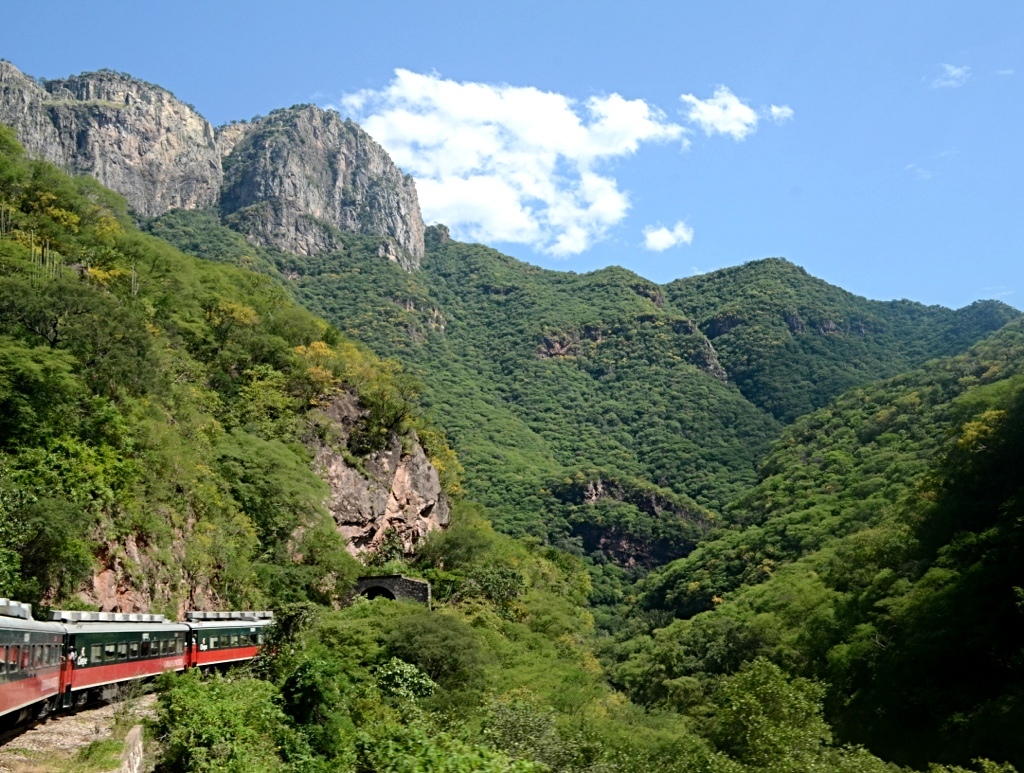If there’s one country you wouldn’t necessarily associate with train travel, it’s Mexico. Yet with ambitious new projects on the horizon, things could soon change dramatically for those who love exploring a country by rail.
3,000km of New Passenger Lines Coming
After decades of near-abandonment, Mexico’s passenger rail service is experiencing a revival with several projects currently underway. Until recently, train travel in the country was limited to a few commuter lines around the capital, plus two tourist routes: the Chihuahua al Pacifico and the Tequila Express. The former is THE premier tourist line, featuring a small train that covers 670km in 14 hours, connecting the city of Chihuahua to Los Mochis on the Pacific coast through spectacular landscapes. The latter offers a two-hour scenic train journey between Guadalajara and a nearby tequila distillery.
But that was then…
Since then, the Tren Maya has been added to the rail network. This flagship project crosses the Yucatan Peninsula, connecting major tourist destinations including Palenque, Campeche, Mérida, Valladolid, Cancun, and extending to Playa del Carmen and the route to Belize. The goal is to boost tourism and economic development in the region. As for the Tren Interoceánico, this recently renovated former line connects the Atlantic coast (Coatzacoalcos) with the Pacific coast (Salina Cruz) in southern Mexico. It even features an extension inaugurated in late 2024 that links up with the Tren Maya at Palenque.
But the Mexican government isn’t stopping there. An ambitious new plan has been announced to significantly expand the railway network across the country, focusing not just on freight traffic but also on passenger service as a sustainable alternative to road and air travel.
The result: 3,000km of additional lines are planned, including two routes connecting Mexico City to the border cities of Nogales and Nuevo Laredo on the US frontier. There’s also a third connection of approximately 90km that will link the capital to Pachuca and Mexico’s new airport. All of these will feature electrified lines with trains running at 150-200 km/h (93-124 mph).
Now it’s just a matter of turning these projects into reality, with construction work expected to begin as early as this year.

